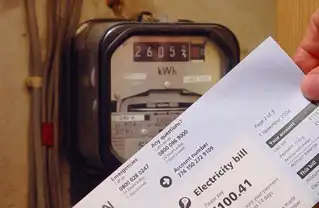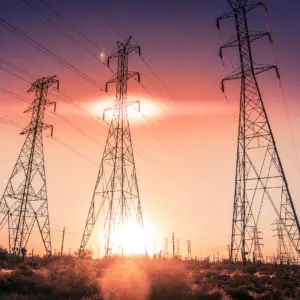Ontario eyed for wind turbine factory
By Toronto Star
Arc Flash Training CSA Z462 - Electrical Safety Essentials
Our customized live online or in‑person group training can be delivered to your staff at your location.

- Live Online
- 6 hours Instructor-led
- Group Training Available
Multibrid, majority owned by French nuclear giant Areva SA, made the announcement this morning alongside officials from Trillium Power Wind Corp., a local renewable-energy developer that plans to build a massive wind farm in Lake Ontario, about 15 kilometres offshore from Prince Edward County.
Trillium, which sees its Lake Ontario project as the beginning of a new industrial strategy for the province and a creator of high-value "green-collar" jobs, has established a wind-turbine buying consortium called Tai Wind committed to placing orders with a manufacturer that locates in Ontario.
"Ontario is perfectly placed to supply North America and even the world with offshore turbines, components, barges, and cranes needed to harness the resource wherever it may be," said John Kourtoff, president and chief executive of Trillium.
"That is the objective of the Tai Wind consortium. We want to build a solid economic foundation to make Ontario a world leader in renewable energy manufacturing and innovation."
Hundreds of megawatts of onshore wind farms have been built around Ontario, but job creation has been limited because the turbines are manufactured from plants in Europe or the United States. Industry experts say there is currently no industrial strategy in Ontario to complement Queen's Park's support for renewable energy development.
A decision by Multibrid to set up shop in Ontario would be welcome relief to a province hammered by the loss of manufacturing jobs, particularly in the automotive and forestry sectors.
Buzz Hargrove, president of the Canadian Auto Workers, backs the initiative and sent a union representative to today's announcement to express his support.
Tai Wind members so far include Trillium and Fishermen's Energy of New Jersey, together representing potential orders for more than 300 offshore wind turbines. Kourtoff said the consortium is open to other North American offshore developers, which face long waiting lists if they rely on turbines to come from Europe.
Meanwhile, Multibrid said it is eager to discuss its role in Ontario with both the provincial and federal governments as it goes through its due diligence.
Compared to onshore wind projects, offshore wind represents only 1 per cent of global deployment. But Emerging Energy Research of Cambridge, Mass., predicts the offshore market is poised to take off and "has reached a critical juncture in its path toward large-scale deployment."
Earlier this month, the U.K. government unveiled an ambitious 12-year plan to deploy up to 7,000 offshore wind turbines in 11 ocean zones surrounding the British coastline - enough to supply electricity to every home in the U.K. when the wind is blowing strong.
Offshore wind projects require special engineering and underwater transmission, making them more expensive to build than onshore projects. But this added cost is largely offset by the stronger, more reliable and energy-packed winds that blow offshore.
In North America there are ocean-based offshore projects proposed off the coasts of New Jersey, Rhode Island, Massachusetts and British Columbia.
But the Great Lakes represent a unique opportunity - they have strong winds, but unlike ocean projects the lake beds are shallower and the water is less turbulent, making for easier construction.
Helimax Energy Inc., in a report recently prepared for the Ontario Power Authority, estimated there are 64 offshore wind sites on the Ontario side of the Great Lakes representing 35,000 megawatts - enough to power all businesses, homes and industry in the province when the wind blows.
Trillium aims to be the first to develop on the Great Lakes. Its Lake Ontario project would likely require an investment of more than a billion dollars and would consist of 150 turbines placed in waters no deeper than 30 metres.
If built, it would be the largest wind project in North America and one of the largest offshore projects in the world.
"It's a significant opportunity that every jurisdiction in the world is looking for," said Kourtoff, adding that Multibrid's interest in locating in Ontario makes it more than just a green power play. "We're saying this is the first step to developing a sustainable, long-term green manufacturing economy."
But Trillium needs to strike a power-purchase agreement with the province for the project to move forward.
The power authority's current position is that offshore projects are too expensive to be part of its 20-year electricity plan.











